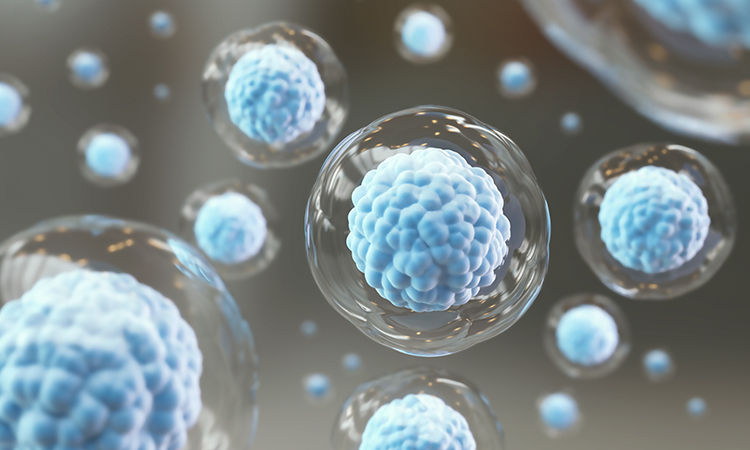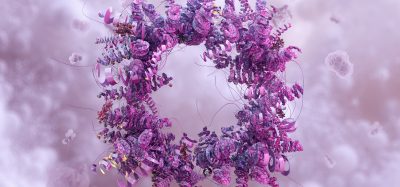Powerful computer modelling approach developed to simulate cells
Posted: 10 October 2022 | Victoria Rees (Drug Target Review) | No comments yet
A study has proposed a new technique for modelling living cells at atomic resolution, which could be used to research human health.


A study from the University of Kansas, US has proposed a new technique for modelling molecular cell life with computers.
Published in the Proceedings of the National Academy of Sciences, the findings could provide a major step towards creating a working simulation of a living cell at atomic resolution. The researchers say the advance promises new insights into the fundamental biology of a cell, as well as faster and more precise treatment of human disease.
“It is about tens or hundreds of thousands of times faster than the existing atomic resolution techniques,” said lead author Ilya Vakser. “This provides unprecedented opportunities to characterise physiological mechanisms that now are far beyond the reach of computational modelling, to get insights into cellular mechanisms and to use this knowledge to improve our ability to treat diseases.”
Until now, a major hurdle to modelling cells via computer has been how to approach proteins and their interactions that lie at the heart of cellular processes. To date, established techniques for modelling protein interactions have depended on either “protein docking” or “molecular simulation”.
According to the investigators, both approaches have advantages and drawbacks. While protein docking algorithms are great for sampling spatial co-ordinates, they do not account for the “time co-ordinate” or dynamics of protein interactions. By contrast, molecular simulations model dynamics well, but these simulations are too slow or low-resolution.
“Our proof-of-concept study bridges the two modelling methodologies, developing an approach that can reach unprecedented simulation timescales at all-atom resolution,” the authors write.
After conceptualising how best to combine advantages of the two protein-modelling approaches, the team developed and coded an algorithm to drive the new simulation.
“The most difficult challenge was to develop the algorithm that adequately reflects the simple basic idea of the approach,” Vakser said. However, once they made that breakthrough, they set about validating the new procedure.
“The paradigm was easy — a stroke of clarity,” Vakser said. “The existing simulation approaches spend most of the computing time traveling in low-probability — or high-energy — areas of the system. We all know where these areas are. Instead, the idea was to sample, or travel, only in the high-probability, low-energy areas and to skip the low-probability ones by estimating the transition rates between the high-probability states. The paradigm is as old as the biomolecular modelling itself and has been widely used since the dawn of the modelling era decades ago.”
Vakser said that until his team’s paper, this approach had not been applied to the kinetics of protein interactions in cellular environment.
“Because there are far fewer high-probability states than the low-probability ones, that gave us a huge gain in the speed of calculation — tens-to-hundreds of thousands of times,” Vakser said. “This was done without apparent loss of accuracy. One can argue accuracy was gained, because the simulation protocol is based on the ‘docking’ techniques, which are specifically designed for characterising protein assemblies.”
The researchers say their cell-simulation method could be deployed to research human health and treat disease with a new level of precision.
“It can be used to determine harmful effects of genetic mutations by the changed patterns of protein associations — genetic mutations cause changes in the structure of proteins, which in turn affect the proteins association. Or it could be used to identify targets for drug design by detecting critical elements in protein-association patterns,” said Vakser.
Related topics
Bioinformatics, Informatics, Molecular Modelling, Molecular Targets
Related organisations
University of Kansas
Related people
Ilya Vakser







